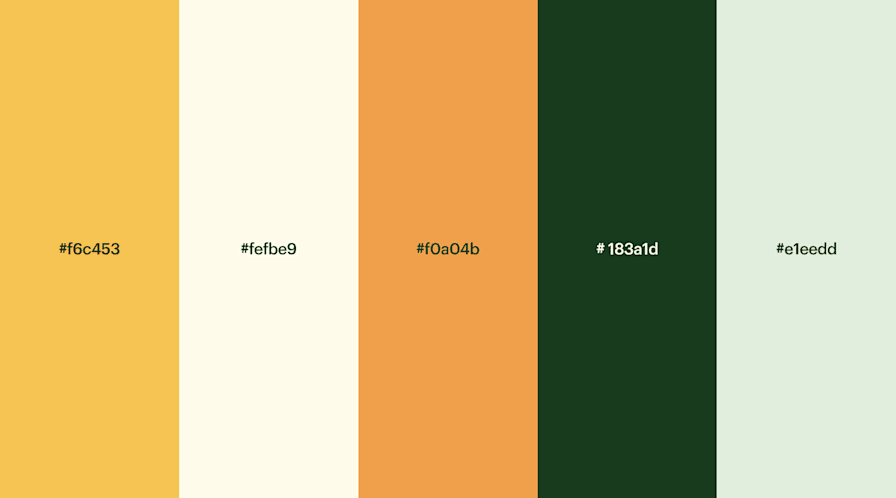Blitz News Digest
Stay updated with the latest trends and insights.
Color Me Impressed: Transform Your Website with the Right Palette
Discover the power of color! Unlock the secrets to transform your website's appeal with the perfect palette that captivates visitors.
The Psychology of Colors: How to Choose the Right Palette for Your Brand
The psychology of colors plays a crucial role in how consumers perceive a brand. Different colors evoke various emotions and associations, which can impact a customer's decision-making process. For instance, the color blue is often linked to trust and reliability, making it a popular choice for finance and technology companies. In contrast, red can evoke feelings of excitement and urgency, frequently utilized in food and retail settings to stimulate appetite and encourage purchases. Understanding these associations can help brands select a color palette that aligns with their core values and messaging.
When choosing the right color palette for your brand, it’s essential to consider your target audience and the specific emotions you want to convey. Here are a few tips to guide your decision-making process:
- Identify the emotions you want your brand to evoke.
- Research your competitors to see how they use color.
- Experiment with different combinations of colors to find what best represents your brand identity.

10 Stunning Color Combinations to Elevate Your Website Design
When it comes to website design, color combinations play a crucial role in creating an appealing visual experience. Here are ten stunning color combinations that can elevate your design:
- Blue and Yellow: This combination creates a refreshing and energetic vibe, perfect for tech and creative industries.
- Coral and Teal: A trendy duo that invites warmth and tranquility, ideal for lifestyle and wellness sites.
- Purple and Gold: This royal pairing adds a touch of elegance and sophistication, making it suitable for luxury brands.
- Gray and Mint: A modern and minimalist combination that ensures readability while retaining a fresh feel.
- Black and White: Timeless and classic, this pair is perfect for any professional platform.
Moreover, integrating these color combinations into your website design can significantly enhance user engagement and brand perception. Here are five more combinations to consider:
- Red and Beige: Offers a strong visual contrast while maintaining warmth, ideal for food and hospitality websites.
- Olive Green and Cream: This natural combination reflects a sense of calm and earthiness, great for eco-friendly brands.
- Turquoise and Coral: A vibrant and playful pair that is perfect for creative portfolios.
- Dark Blue and Light Gray: A professional and trustworthy combination suitable for finance and corporate websites.
- Magenta and Yellow: Bold and energetic, this eye-catching duo is perfect for adventurous brands.
Is Your Website Color Palette Working for You? Key Indicators to Consider
Your website's color palette is more than just a design choice; it can significantly impact user experience and engagement. A well-chosen color scheme can evoke emotions, convey your brand's message, and enhance readability. Key indicators to consider when assessing your color palette include user interaction metrics such as bounce rate, time spent on page, and click-through rates. If users are quickly leaving your site or spending minimal time on it, your color choices might be sending the wrong signals or creating a visually overwhelming experience.
Another crucial aspect is accessibility. Ensure that your color combinations accommodate users with visual impairments by meeting the Web Content Accessibility Guidelines (WCAG). Tools that check color contrast and readability can help identify any problematic areas. Additionally, gather feedback from your audience through surveys or A/B tests to see how they perceive your site's colors. Their reactions could reveal whether your current color palette is effectively working for you or in need of a refresh.